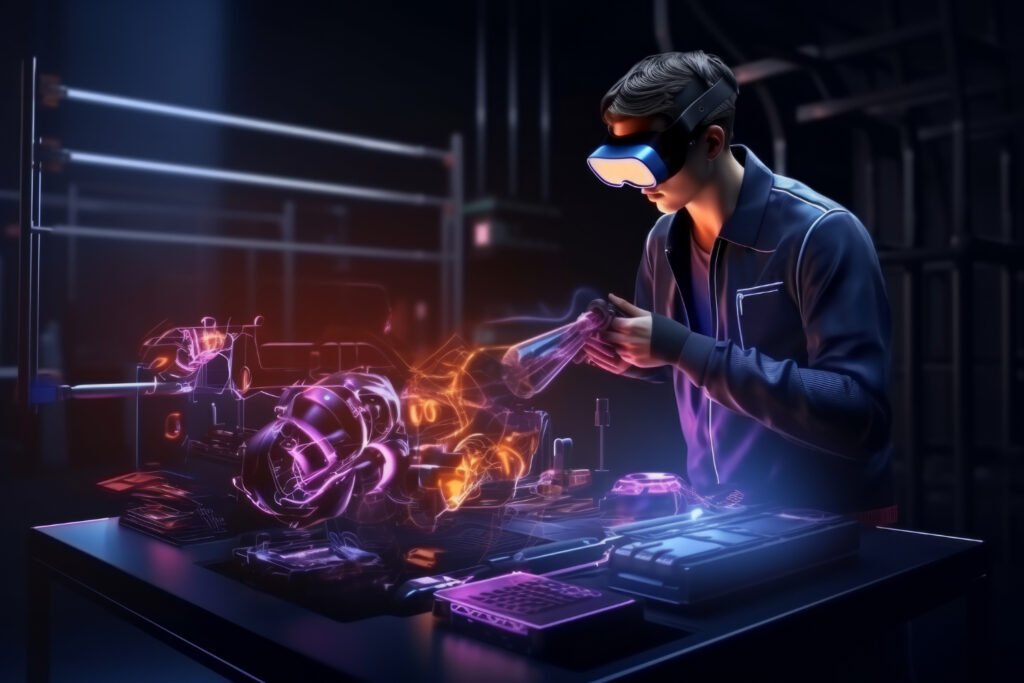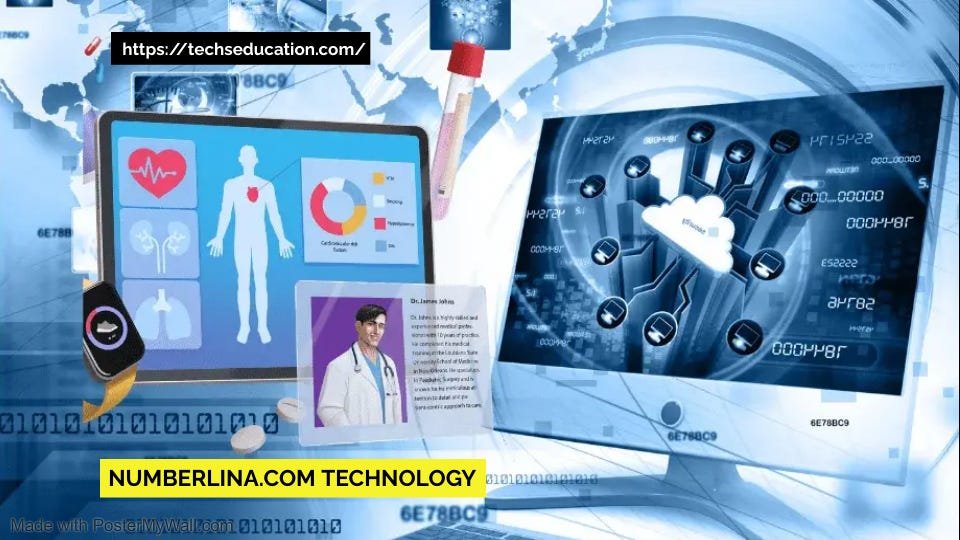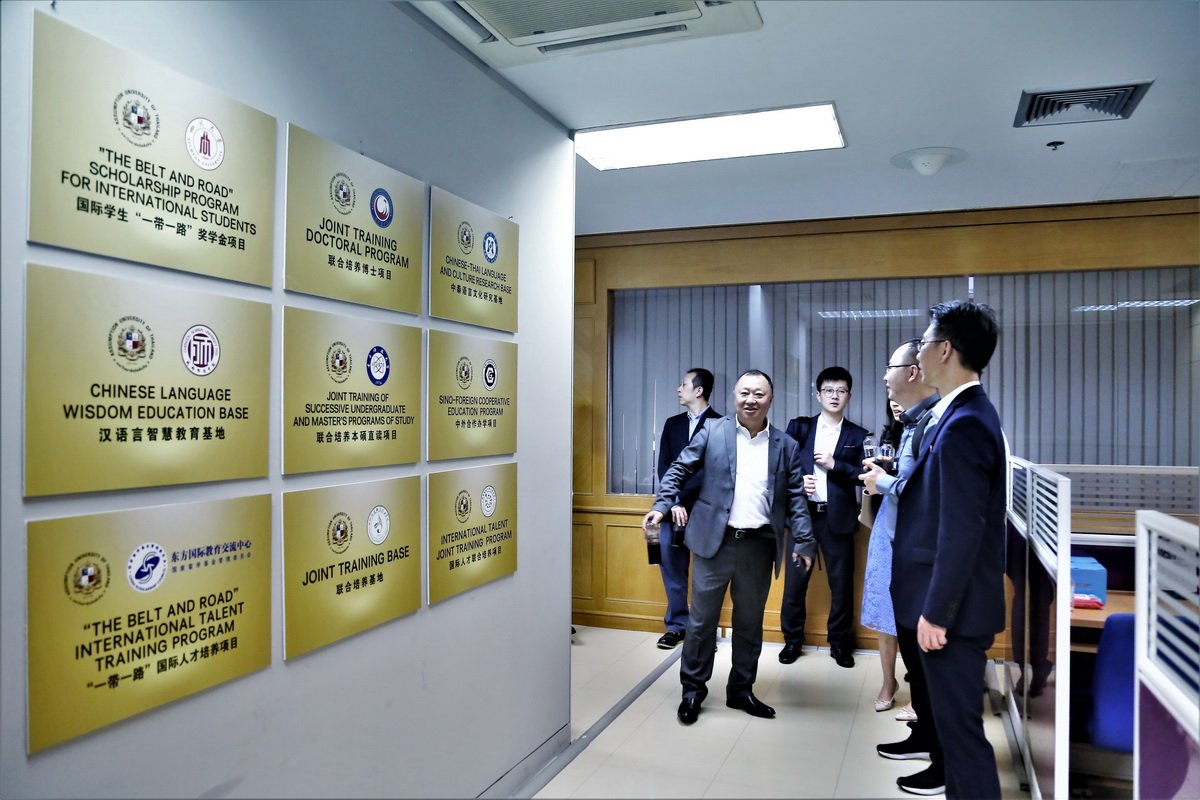Introduction
As of late, the crossing point of sports and innovation has started an upset in athletic execution. Sports technology labs, once bound to sci-fi, are presently forming the fate of sports. These labs coordinate state-of-the-art developments like wearable sensors, progressed examination, and biomechanical demonstrations to open new degrees of competitor potential. By carefully breaking down information focuses that were once slippery, such as biomechanics, metabolic rates, and recuperation measurements
, these labs give mentors and competitors exceptional bits of knowledge. This advantageous connection between sports and innovation isn’t just about breaking records; it’s tied in with understanding the subtleties of execution to improve preparation, forestall wounds, and, finally, rethink what’s conceivable in sports. Go along with us as we dive into how these labs change the scene of athletic accomplishment.
What Are Sports Technology Labs?
Sports technology labs address state-of-the-art offices where science and physicality merge to upgrade execution utilizing progressed techniques and hardware. These labs are furnished with cutting-edge instruments, such as wearable sensors that capture constant information on a competitor’s developments, biomechanical models that recreate complex movements, and refined examination programming that crunches tremendous information measures. For example, wearable sensors can follow a competitor’s step length, pulse fluctuation, and even muscle enactment designs, giving exact experiences in execution measurements.
In addition, sports technology labs utilize biomechanical examination to comprehend how powers cooperate inside
a competitor’s body during developments like running or tossing. This examination helps pinpoint expected regions for a procedure or injury avoidance systems development. The joining of such advances isn’t simply exploratory; it’s common sense. These labs are progressively becoming vital to pro athletics preparing programs, offering competitors customized criticism and noteworthy knowledge to advance their preparation regimens and augment their strategic advantage. As we investigate further, we’ll uncover the groundbreaking effect of these labs on sports execution and competitor advancement.
How Sports Tech Labs Use Data and Analytics
Sports technology labs use broad information assortment and advanced investigation to drive competitor performance enhancements. These labs utilize a large number of sensors and gadgets to accumulate continuous information on different parts of competitor performance, including biomechanics, physiological reactions, and recuperation measurements. For instance, movement catch frameworks can definitively measure joint points and powers during dynamic developments, while physiological screens track pulse changeability and oxygen utilization rates
Examination programming is essential in handling this information, furnishing mentors and sports researchers with noteworthy experiences. By breaking down patterns and examples, sports technology labs can tailor preparing projects to individual competitors, streamline recuperation methodologies, and even foresee injury chances given biomechanical pointers. This information-driven approach upgrades execution on the field and adds to the general wellbeing and life span of competitors’ professions.
Generally, the mix of information and examination inside sports technology labs addresses a change in perspective in how athletic execution is perceived and improved, making these offices crucial in present-day sports preparation and improvement.
Cutting-Edge Technology Being Used in Sports Labs
Sports technology labs are at the front line of development, coordinating a range of state-of-the-art innovations to upgrade athletic execution. These offices use progressed movement catch frameworks that can unequivocally follow and break down a competitor’s developments in three aspects, capturing information on joint points, speeds, and powers applied during preparation or contest. Biomechanical models mimic complex activities like running or hopping, permitting researchers to advance extreme productivity and injury counteraction procedures.
Moreover, they assume a critical part in these labs, giving ceaseless input on physiological boundaries, such as pulse, hydration levels, and muscle movement. This ongoing information empowers mentors to come to informed conclusions about preparing force and recuperation conventions custom-fitted to every competitor’s necessities.
Besides, sports technology labs coordinate computer-generated experience (VR) and augmented reality (AR) recreations to upgrade competitors’ mental preparation and thinking abilities. These vivid innovations are reforming sports schooling and improving expertise, offering a unique way to deal with further developing execution on and off the field.
Fundamentally, the reception of these state-of-the-art advances inside sports technology labs highlights their crucial job in pushing the limits of athletic accomplishment and development.
Real-World Examples of Sports Tech Improving Performance
Sports technology labs have exhibited substantial enhancements in competitor execution across different disciplines. For example, in Olympic-style events, high-velocity movement catch frameworks in sports technology labs have been instrumental in refining runners’ procedures by breaking down step lengths, ground contact times, and running mechanics. This information-driven approach has brought about quantifiable speeds and effectiveness, improving competitors’ strategic advantage.
In group activities like soccer and ball, sports technology labs use GPS following and player observing frameworks to assess competitors’ developments and physiological reactions during matches and instructional courses. These bits of knowledge assist mentors with streamlining player situating, overseeing responsibility appropriation, and decreasing the gamble of wounds because of weakness or overexertion.
Also, sports technology labs team up with sports medication specialists to foster revised restoration programs based on biomechanical appraisals and continuous information criticism. This customized approach speeds up recuperation times and guarantees competitors’ return to maximized operation levels quicker than customary strategies alone.
These models delineate how sports technology labs are trial centres and vital facilitators of execution upgrade and injury counteraction methodologies in current games.
The Future of Sports Technology Labs
The fate of sports technology labs guarantees many additional notable developments pointed toward streamlining competitor execution and wellbeing. Arising advancements like artificial brainpower (computer-based intelligence) and AI are set to upset information investigation inside sports technology labs, empowering quicker and more exact bits of knowledge into competitor biomechanics, healing, and preparing transformations. Computer-based intelligence calculations can deal with immense measures of information gathered by wearable sensors and movement catch frameworks
, distinguishing designs that human examination could neglect.
Besides, coordinating computer-generated reality (VR) and expanded reality (AR) advances are supposed to upgrade vivid preparation encounters, permitting competitors to recreate game situations and practice thinking abilities in reasonable conditions. These headways will only speed up expertise procurement and additionally work on mental versatility and strategic mindfulness in aggressive settings.
Also, advancements in materials science and sensor innovation will prompt lighter, tougher wearable gadgets that provide significantly more precise continuous criticism of competitor execution measurements.
Fundamentally, the fate of sports technology labs holds the commitment of proceeding with advancement, pushing the limits of what’s conceivable in athletic exhibition and sports science.
Conclusion
All in all, sports technology labs address the front line of game advancement, combining state-of-the-art advancements with logical thoroughness to rethink execution principles. These offices, furnished with wearable sensors, progressed investigation, and biomechanical displaying, give competitors and mentors uncommon experiences in preparing streamlining and injury anticipation. By saddling information and investigation, sports technology labs improve execution on the field and
add to competitors’ vocations’ general wellbeing and life span.
Looking forward, the fate of sports technology labs guarantees significantly more noteworthy headways, driven by computerized reasoning, augmented simulation, and progressions in sensor innovation. These developments will keep upsetting how competitors train, contend, and recuperate, pushing the limits of athletic accomplishment. As we explore this crossing point of sports and innovation, these labs will assume a significant part in forming the eventual fate of sports execution and competitor improvement.




